Baking soda: it's in your kitchen, maybe in your fridge, and perhaps even in your cat's litter box. But is baking soda safe for cats?
In this article, we tackle that question. We'll debunk myths, uncover truths, and provide a clearer picture of the role baking soda plays in your cat's life.
Get ready to roll up your sleeves and dig into the details. Read on.
The Safe And Versatile Household Secret: Baking Soda For Cats
Baking soda, or sodium bicarbonate, a common household product, holds a multitude of uses in the kitchen and around the house.
Baking soda is a salt-based product commonly found as a fine powder. It acts as an alkaline base, countering acidity.
While baking powder containing baking soda is generally safe for consumption, pure sodium bicarbonate retains potent alkaline properties, making excessive ingestion a potential hazard for your beloved feline companion.
Even so, its odor-controlling properties make it a go-to choice for many homeowners, especially those with furry friends.
If you are a cat owner, you might be considering using baking soda to combat unpleasant smells, but safety concerns may be lingering.
Is Baking Soda Safe for Cats?
In general, baking soda is safe for homes with cats, but it's important to remember not to apply it directly to your feline friend. Also, large amounts of baking soda ingested by cats can potentially be harmful.
If you plan to use baking soda on surfaces that your cat may come into contact with or lick, it's crucial to thoroughly vacuum or clean the area before allowing Kitty to explore.
When used in appropriate quantities, this versatile household ingredient can prove invaluable to pet owners.
In the following sections, we'll provide more details about where and how baking soda can be safely used by a cat parent. We'll also discuss what to do if your curious feline happens to consume excessive amounts.
Is Baking Soda Toxic For Cats?
Many people ask the question, Can Baking Soda Kill Cats? As with any substance, this is a question of quantity.
According to the American College of Veterinary Pharmacists, a cat weighing up to 10 lbs can be poisoned if ingesting more than a third of a spoonful of baking soda.
When a cat ingests a toxic amount of baking soda, symptoms show up within three hours of ingestion and usually include vomiting as the first sign. If left untreated, a baking soda toxic episode can lead to diarrhea, lethargy, seizures, and shortness of breath, among other symptoms.
If you suspect that your cat ingested a large amount of baking soda, please contact your veterinarian immediately.
Is Baking Soda Harmful To Cats?
Baking soda, when used in appropriate quantities, is generally not harmful to cats. However, it's important to be mindful of the amount used and avoid direct ingestion by your feline friend.
Cats are known to be curious, so keeping baking soda out of their reach is essential to ensure their well-being.
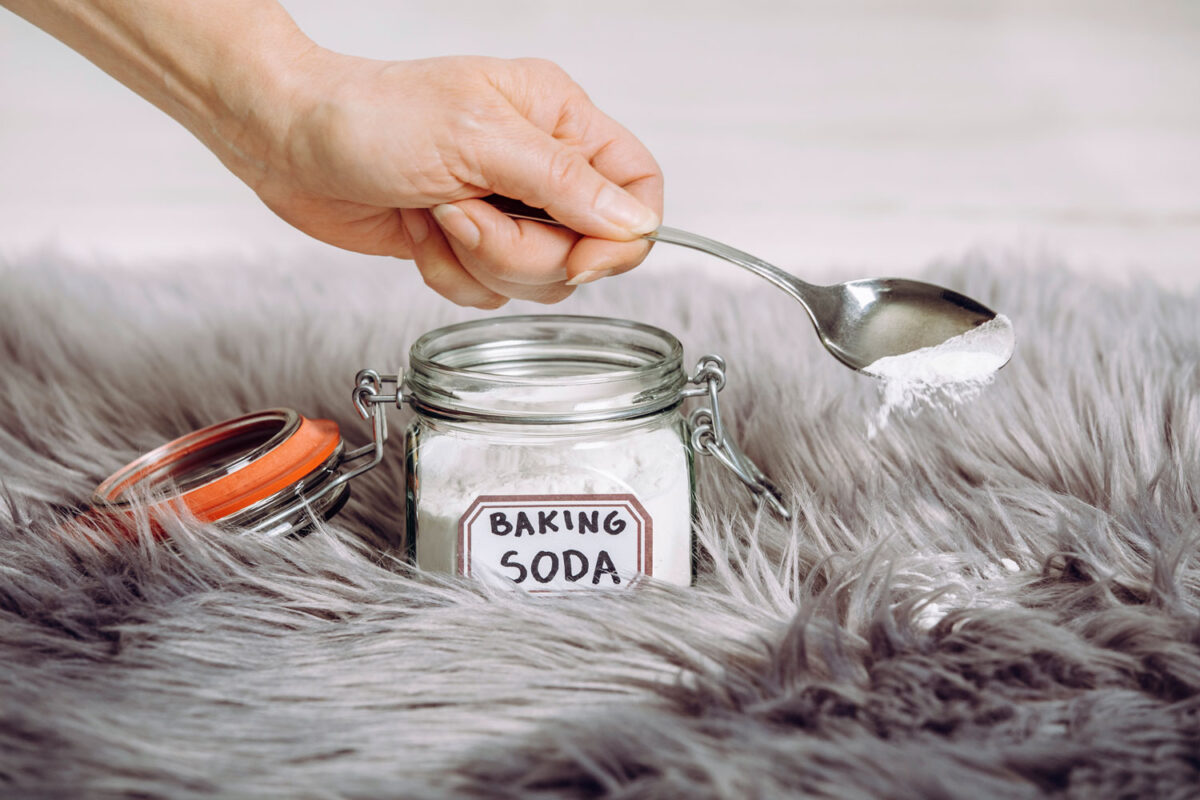
Exploring The Safe Uses Of Baking Soda For Cats
Now that we've addressed the safety concerns, let's explore the various safe applications of baking soda for cat owners:
Is Baking Soda On Carpet Safe For Cats?
Using baking soda on the carpet is safe when it comes to your cat. Most carpet deodorizers have a base of baking soda, ensuring the safety of this ingredient for the cats of your home.
When used on carpet, the potential contact point would be carpet to skin for your cat. In such tiny amounts, this contact does not pose a threat to your furry friend.
Do you have a cat who licks the carpet? Cats do strange things, and this wouldn't be the first.
If your cat is known to lick the carpet, and you are concerned about them ingesting baking soda, go over your carpet with a vacuum thoroughly.
The baking soda will have done its job, and you can have peace of mind.
Can I Deodorize My Cat's Bed With Baking Soda?
Absolutely! Baking soda possesses an impressive talent for absorbing odors, making it an ideal choice for deodorizing your cat's bed.
To banish the funk, simply sprinkle baking soda over the bedding and gently work it into the fabric. After allowing it to sit for 20 to 30 minutes, vacuum up the baking soda, leaving behind a refreshed scent.
However, for a more thorough cleaning, you can opt for a deep washing session. Place your cat's bedding in the washer and add half a cup of baking soda. This method not only eliminates odors but also tackles any stubborn stains that may have accumulated over time.
With baking soda, your cat's bed will be a haven of freshness, ensuring your feline friend enjoys a cozy and odor-free retreat.
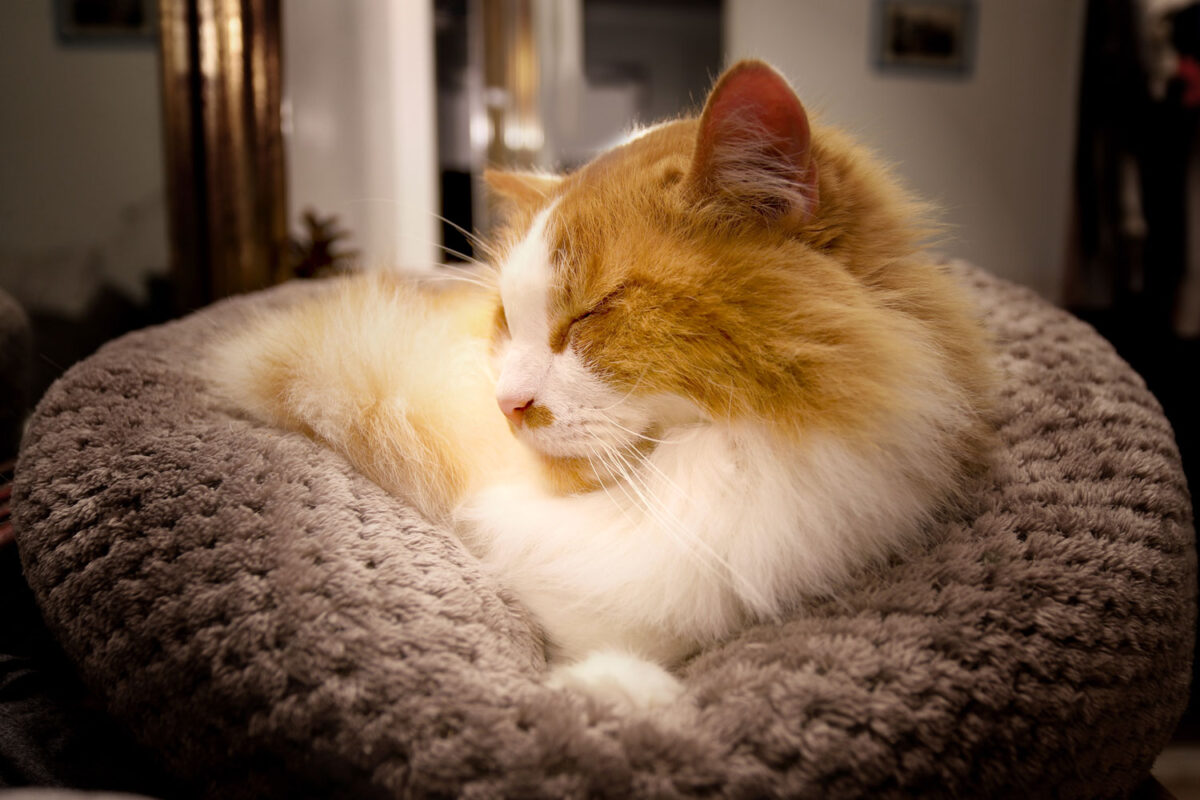
Can I Sprinkle Baking Soda In The Litter Box?
Using baking soda for odor control in the litter box is common, and yes, many cat owners do that. Adding one to two tablespoons of baking soda to the bottom of your litter box could potentially help mask odors when your cat kicks up the litter.
Avoid putting the baking soda right on top of the litter. You want to have some litter covering the baking soda to avoid extra dust in the litter box.
While baking soda can work well when it comes to containing urine smells, according to some sources, it can also backfire and increase the smell if you use too much.
What's worse, using too much baking soda in the litter could lead to your cat ingesting substantial amounts over time which could be harmful.
You can oftentimes find cat litter brands with baking soda as part of the mixture. Some companies use other forms of odor-locking substances too.
SIGN UP FOR THECATSITE'S EMAIL UPDATES >
Your safest bet is to use one of these brands rather than accidentally add too much baking soda to your cat's litter.
Keep in mind that your cat's litter box still needs regular cleaning. Baking soda may help reduce odor but does not clean the box.
Depending on what type of litter you have, you should be cleaning your litter box at least once a day.
Amazon Offers A Highly Absorbent, Multi-Cat LItter Containing Baking Soda Here.
Read more on our blog post, "How To Effectively Eliminate Litter Box Odor In Your Home."
Does Baking Soda Kill Fleas?
A combination of table salt and baking soda will work to dehydrate fleas, their larva, and eggs.
Dehydrating a pest is certainly not a fast process as you'll have to make sure the live fleas come in contact with the baking soda.
Can You Use Baking Soda Directly On Your Cat For Flea Control?
It's best not to use baking soda directly on your kitty, and the same goes for table salt. Cats lick themselves, so there's a real risk of ingesting a significant amount of the mixture.
Sodium bicarbonate and sodium chloride (table salt) are chemicals that can harm any living being if ingested in large quantities.
While these substances are not highly toxic, they could be difficult to remove, and you won't know just how much your cat ingested.
If your cat has fleas, it's best to stick to using a cat-safe topical solution such as Advantage or Frontline.
If they don't work well enough, talk to your veterinarian to see if local fleas respond better to a different kind of cat-safe pesticide.
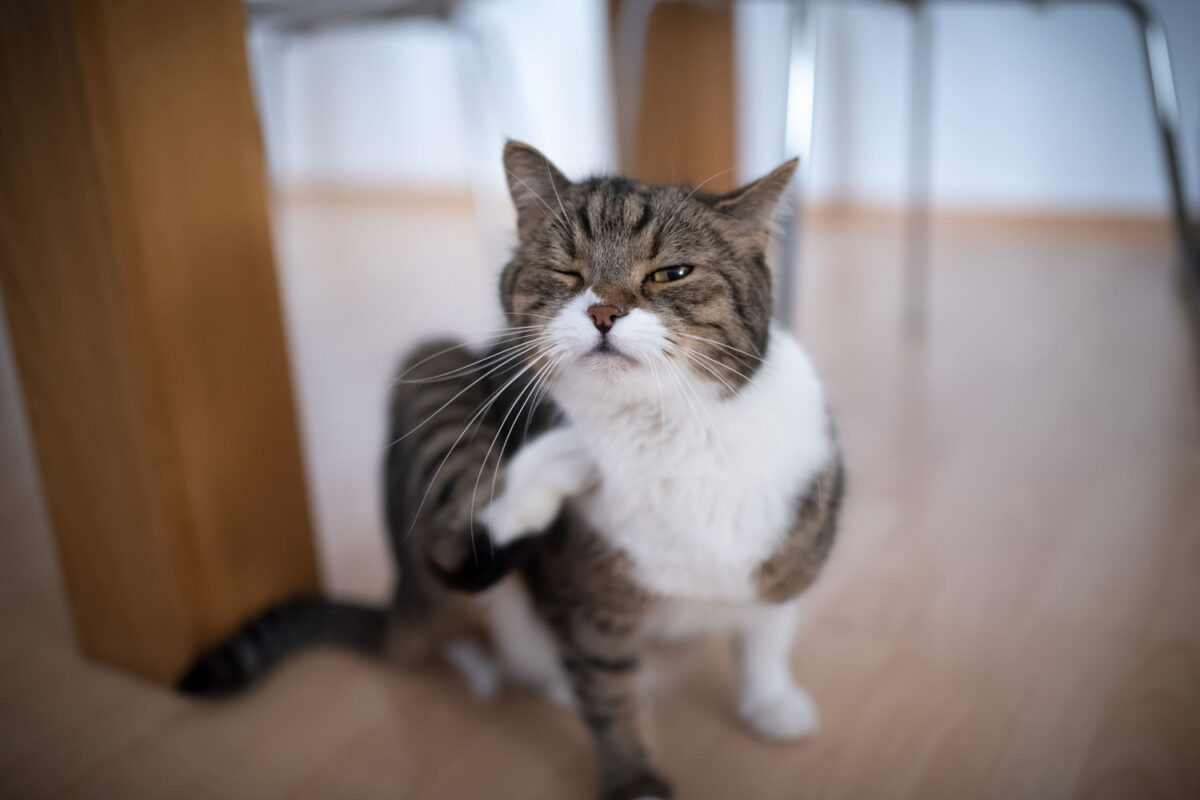
Can You Use Baking Soda In Your Home For Flea Control?
While the mixture of salt and baking soda will kill a flea, this natural pesticide is typically slow-acting.
You will need to practice patience when using homemade flea remedies, and they may be best used as a preventive method rather than a solution to a flea problem.
If you already have a flea infestation in your home, it's best to call a licensed exterminator and talk to them about cat-safe options.
You can try using the baking soda and salt mixture on your carpet, hardwood floors, and furniture. When using this mix in your home, it can be applied in powder form or a spray solution.
You can combine the spray in a bottle with 1/4 cup salt, 1/4 cup baking soda, two cups of water, and 1/4 cup of apple cider vinegar. You will have to apply the mixture multiple times over the next few months to completely rid the home of fleas in either form.
What Does Baking Soda Toxicity Look Like?
We mentioned that baking soda could be toxic to cats if ingested in large amounts. A large amount of baking soda for a cat would be over 1/2-tablespoon. Baking soda has an extremely salty taste to it.
This taste will typically deter your cat from eating large amounts or small amounts of baking soda.
If you are unsure your cat ingested this amount of baking soda, some signs or symptoms would indicate toxicity.
The first sign you may see is vomiting. Other symptoms can include depression, diarrhea, tremors, seizures, and shortness of breath.
If you are worried that your cat did ingest this amount of baking soda or note any of these symptoms, you should reach out to your Veterinarian or a Pet Poison Hotline.
The Versatile Benefits Of Baking Soda For Cats
Baking soda, a true household hero, offers a multitude of remarkable uses. From effective odor control in various forms to its natural pesticide properties, it proves to be a valuable asset for cat owners.
To ensure your feline companion's safety, it's important to exercise caution when using baking soda on or around them. Being mindful of the quantity applied is key to minimizing any potential risks.
We hope this article has been enlightening, shedding light on the dynamic relationship between baking soda and your beloved cat. May it inspire you with new and inventive ways to harness the power of this common household product.
SIGN UP FOR THECATSITE'S EMAIL UPDATES >
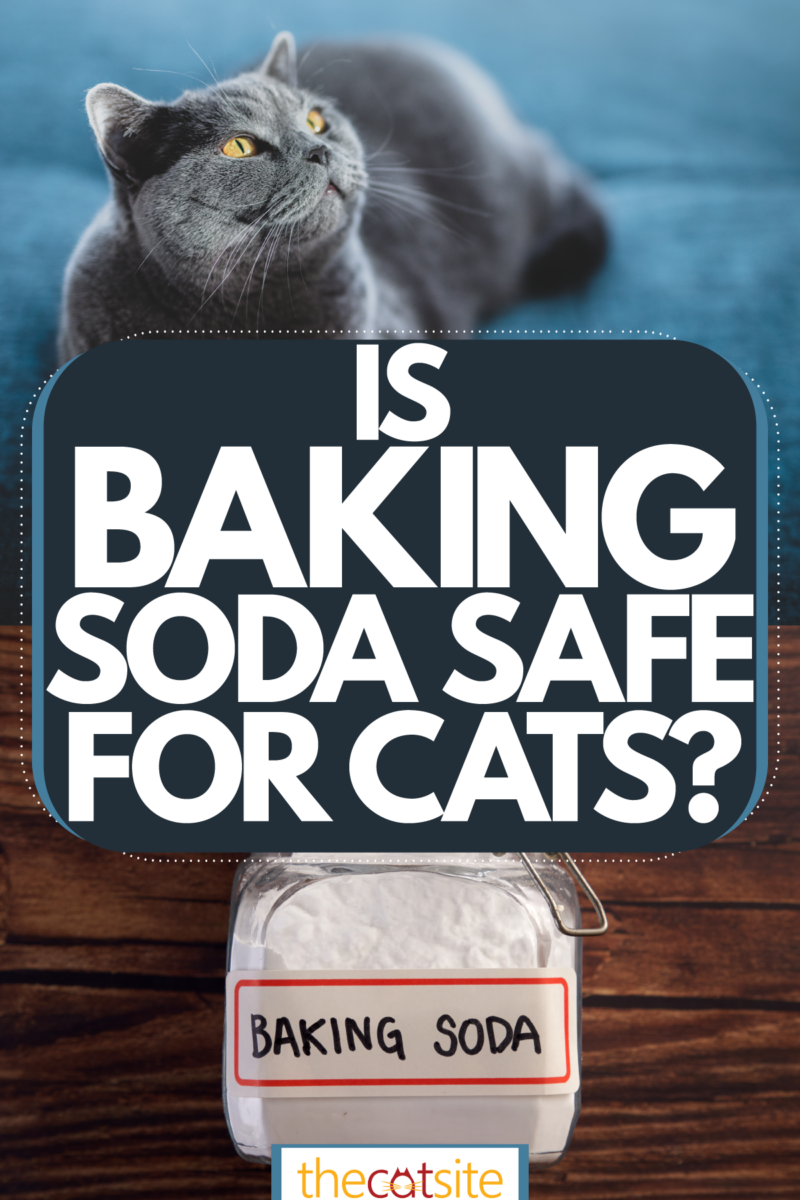
Note: We may get commissions for purchases made through links on this page.


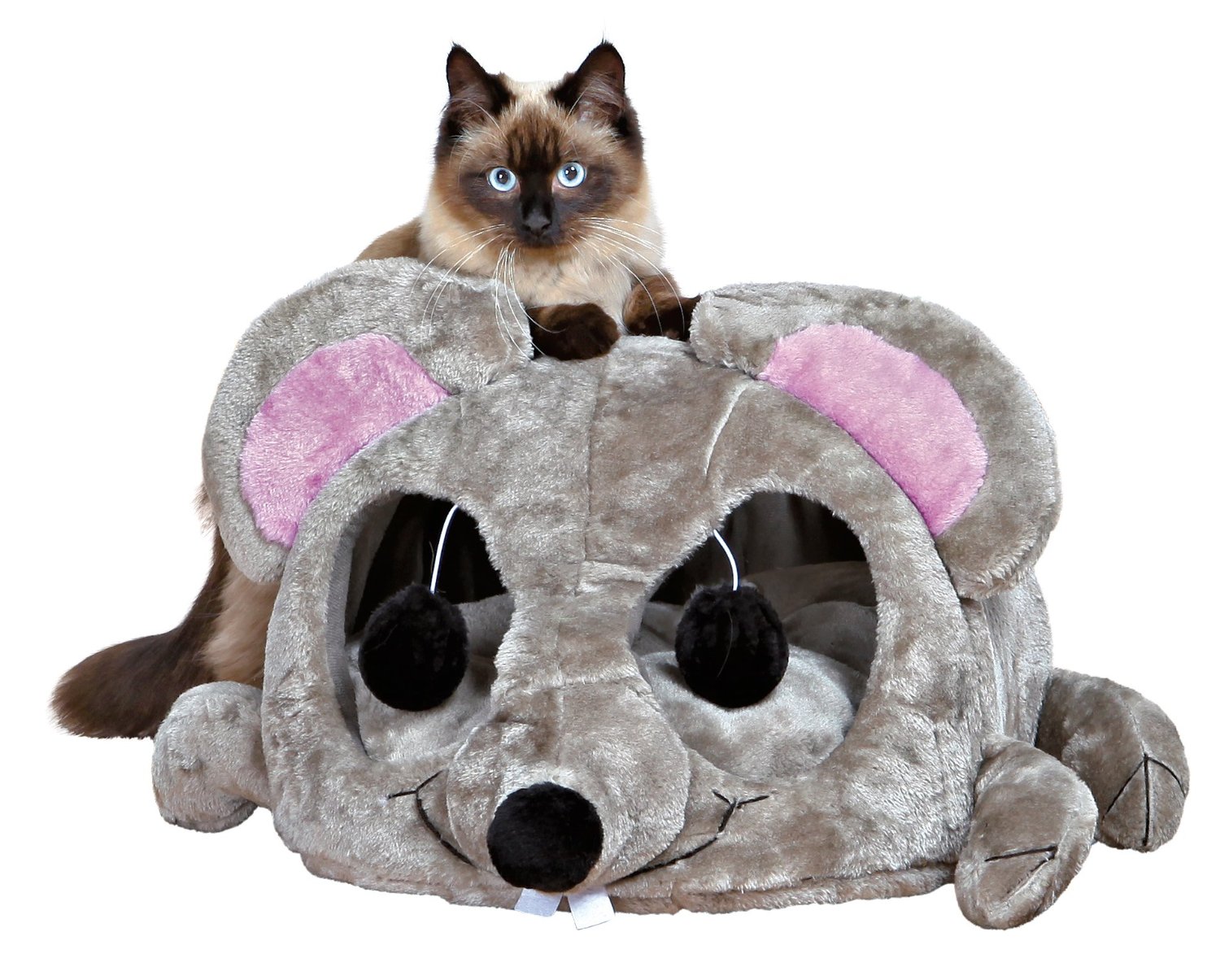
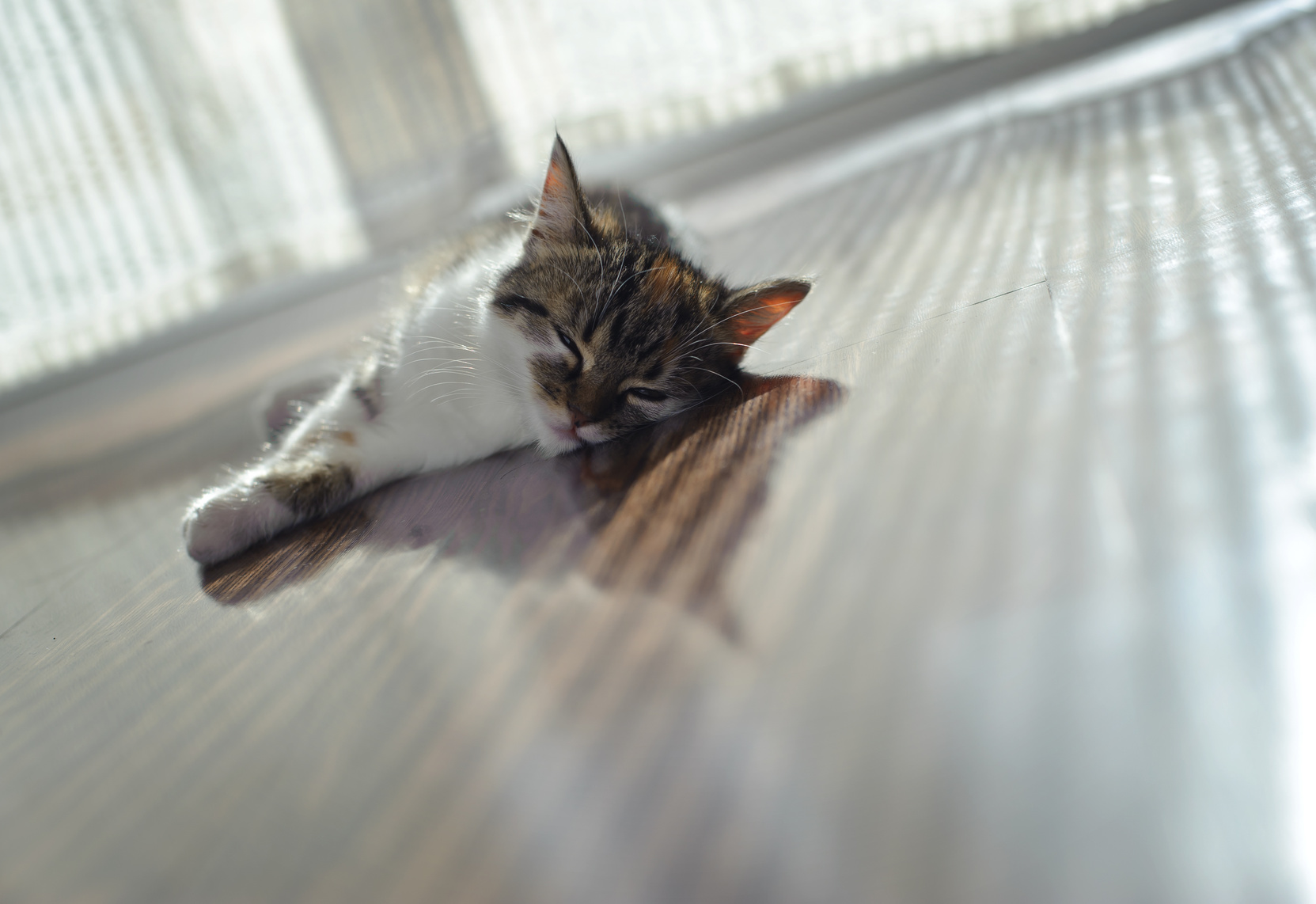
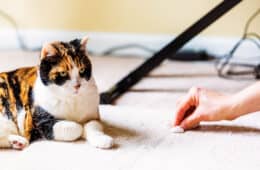
7 comments on “Is Baking Soda Safe For Cats And Can You Use It For Flea Control?”